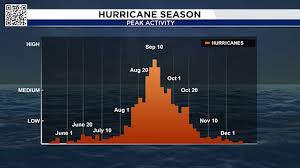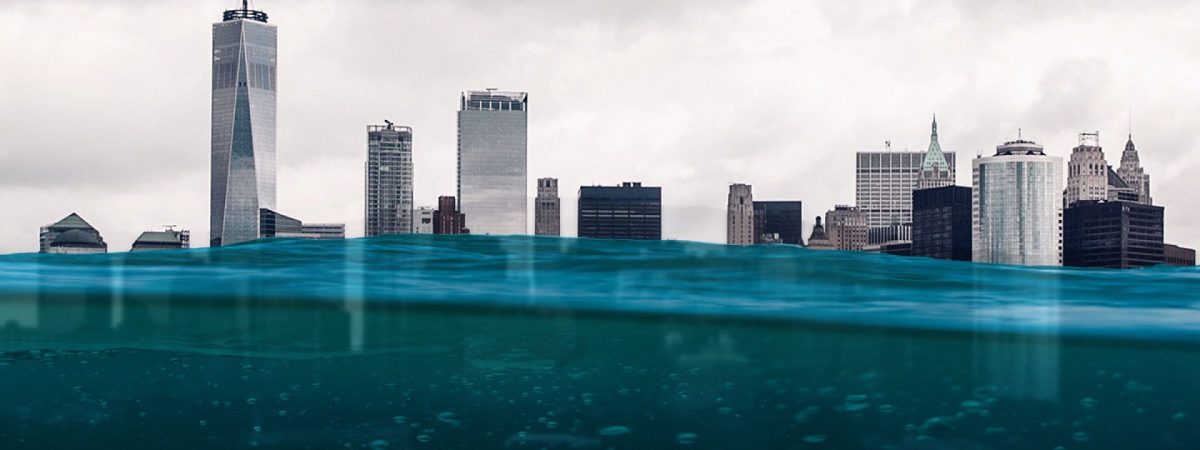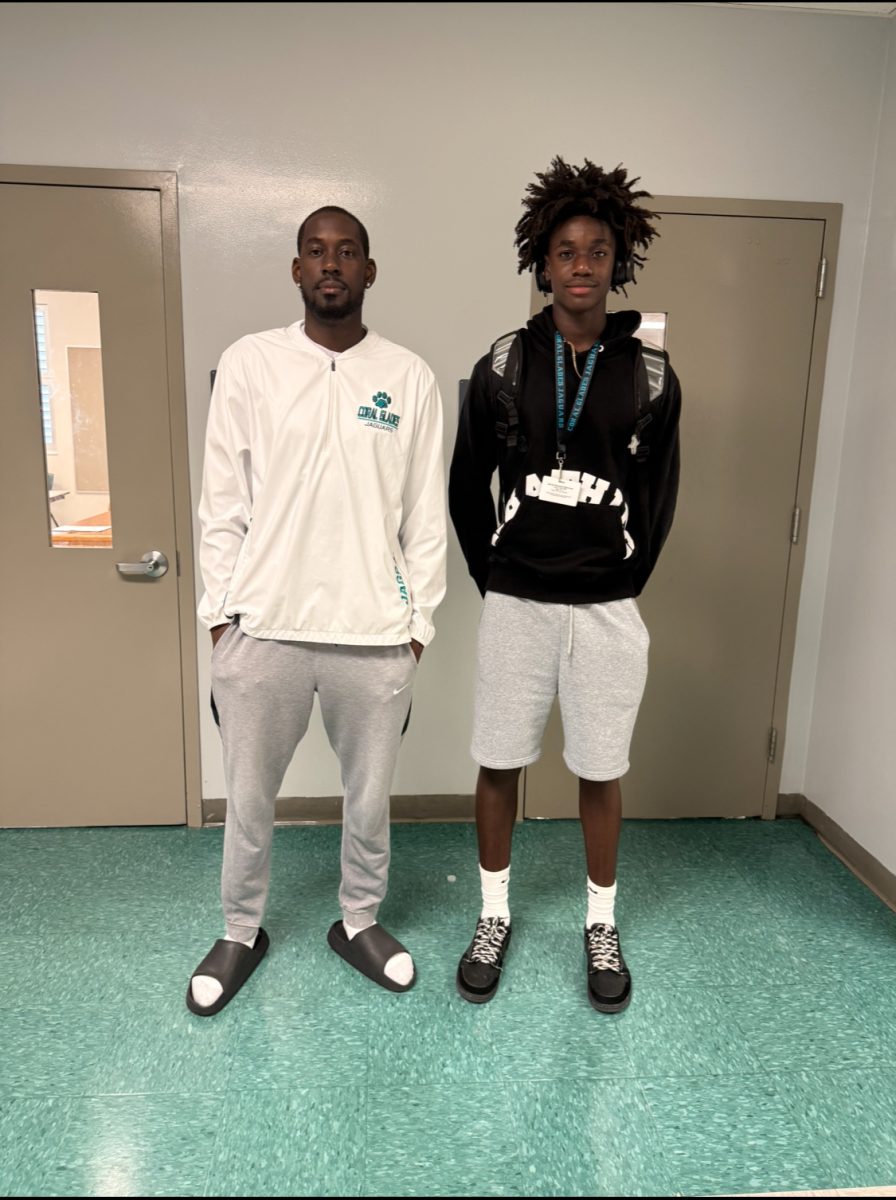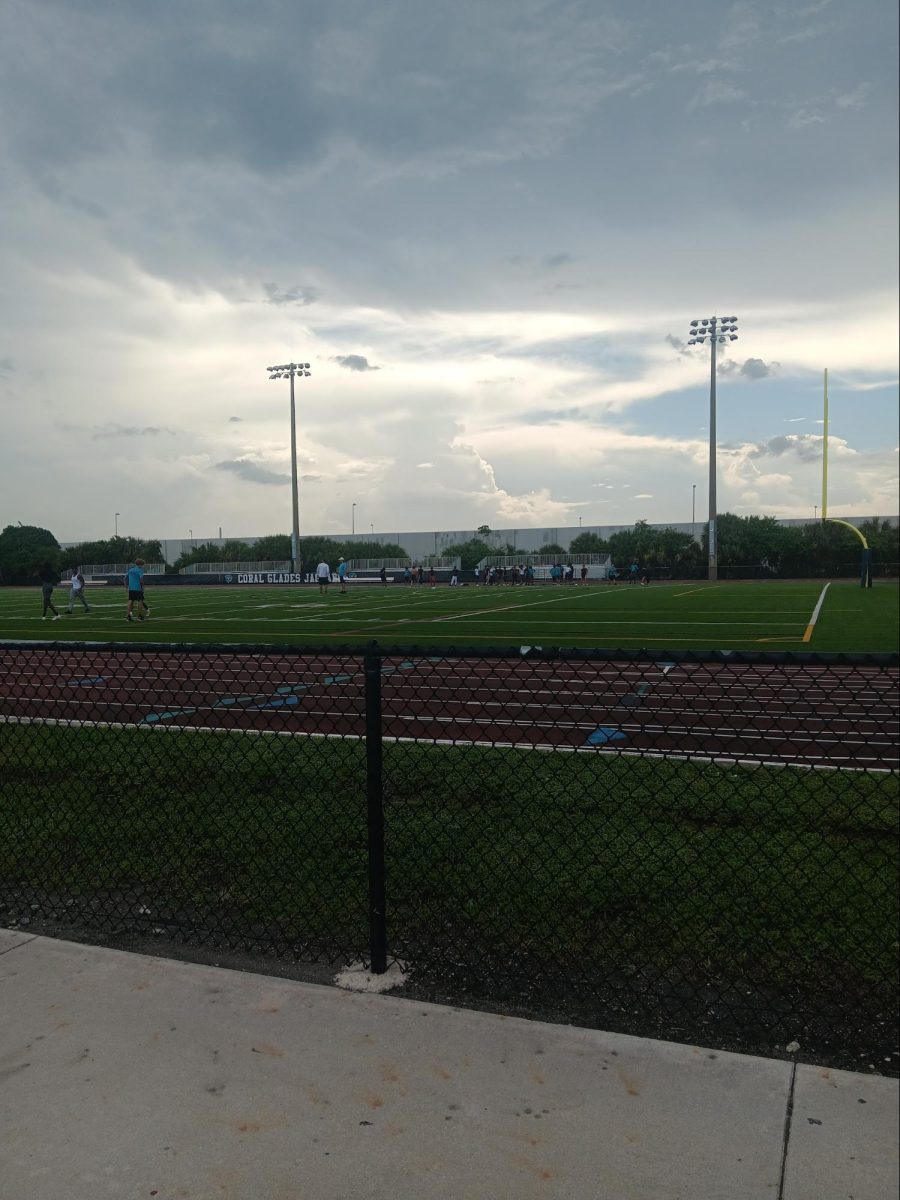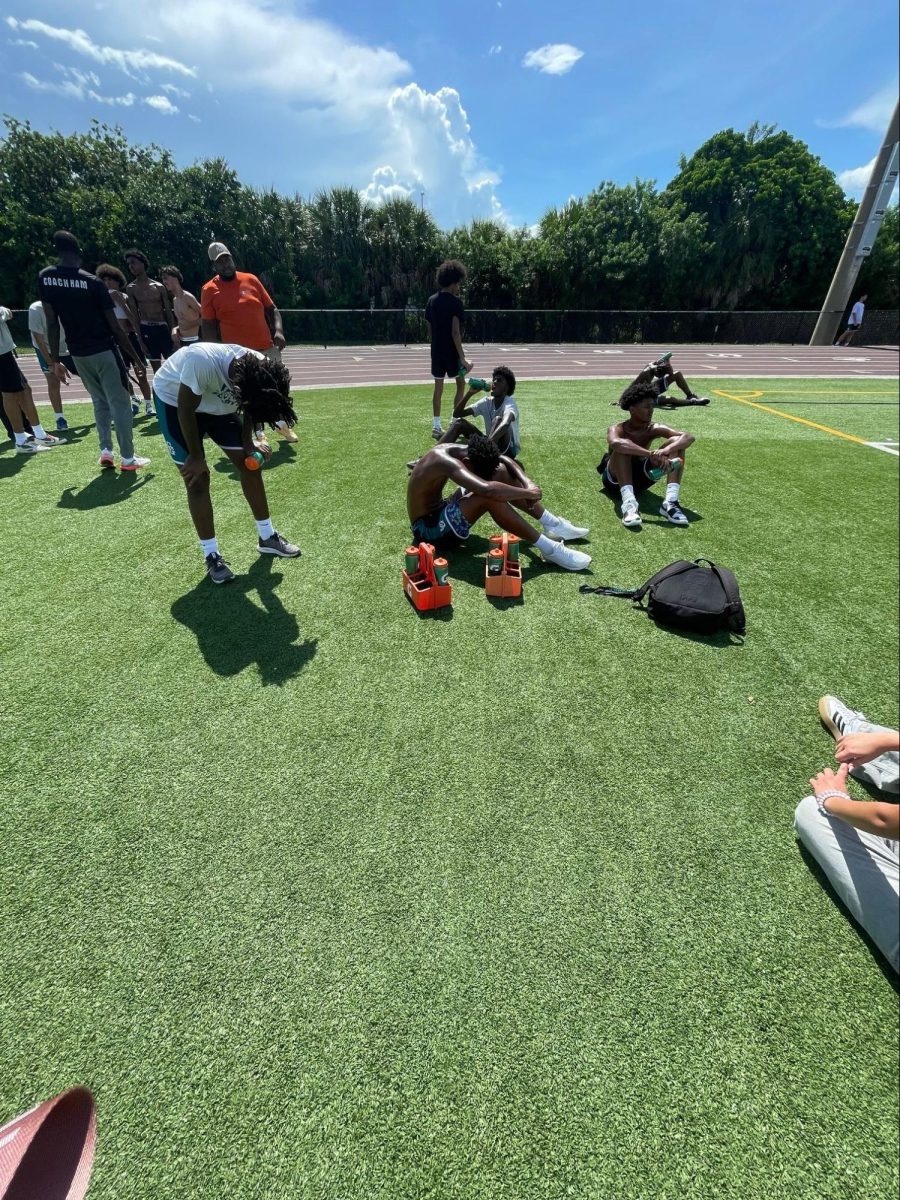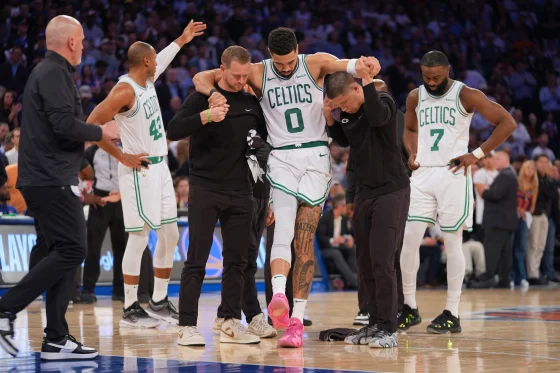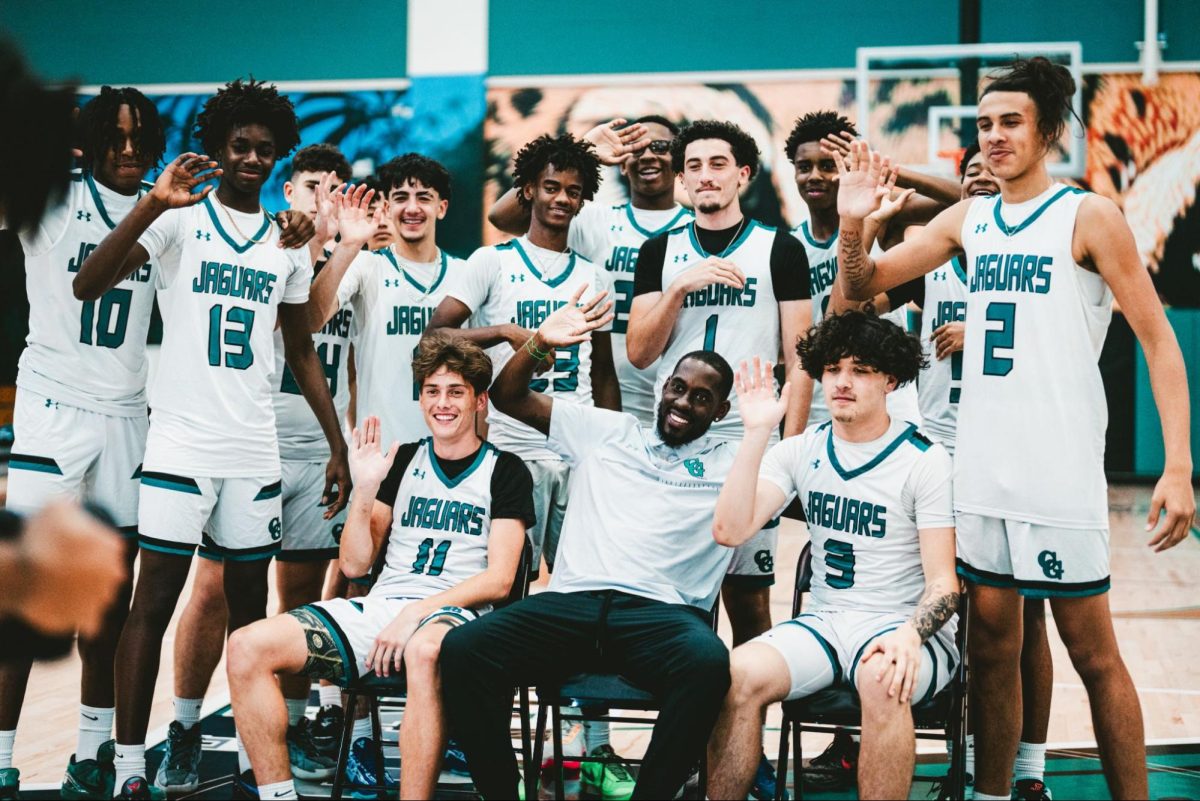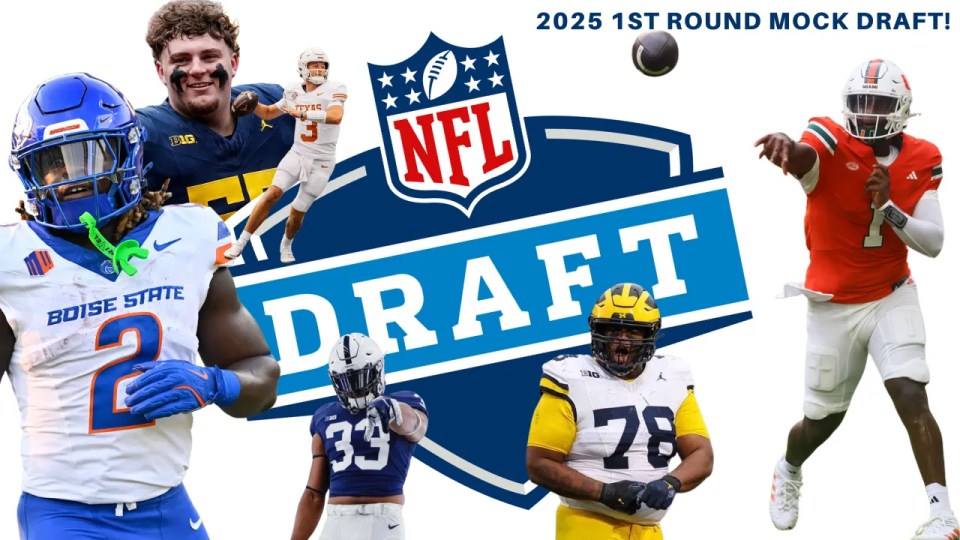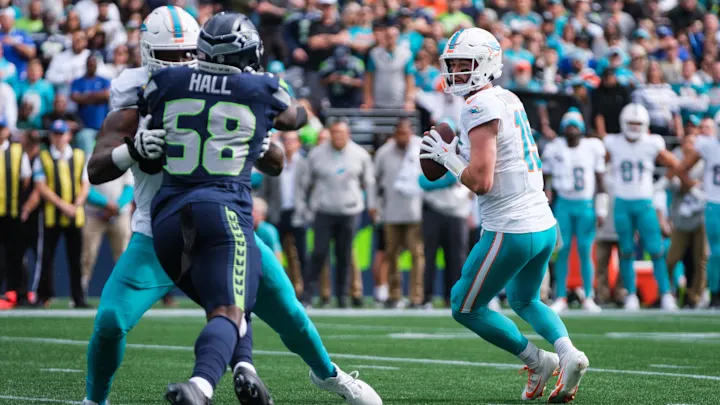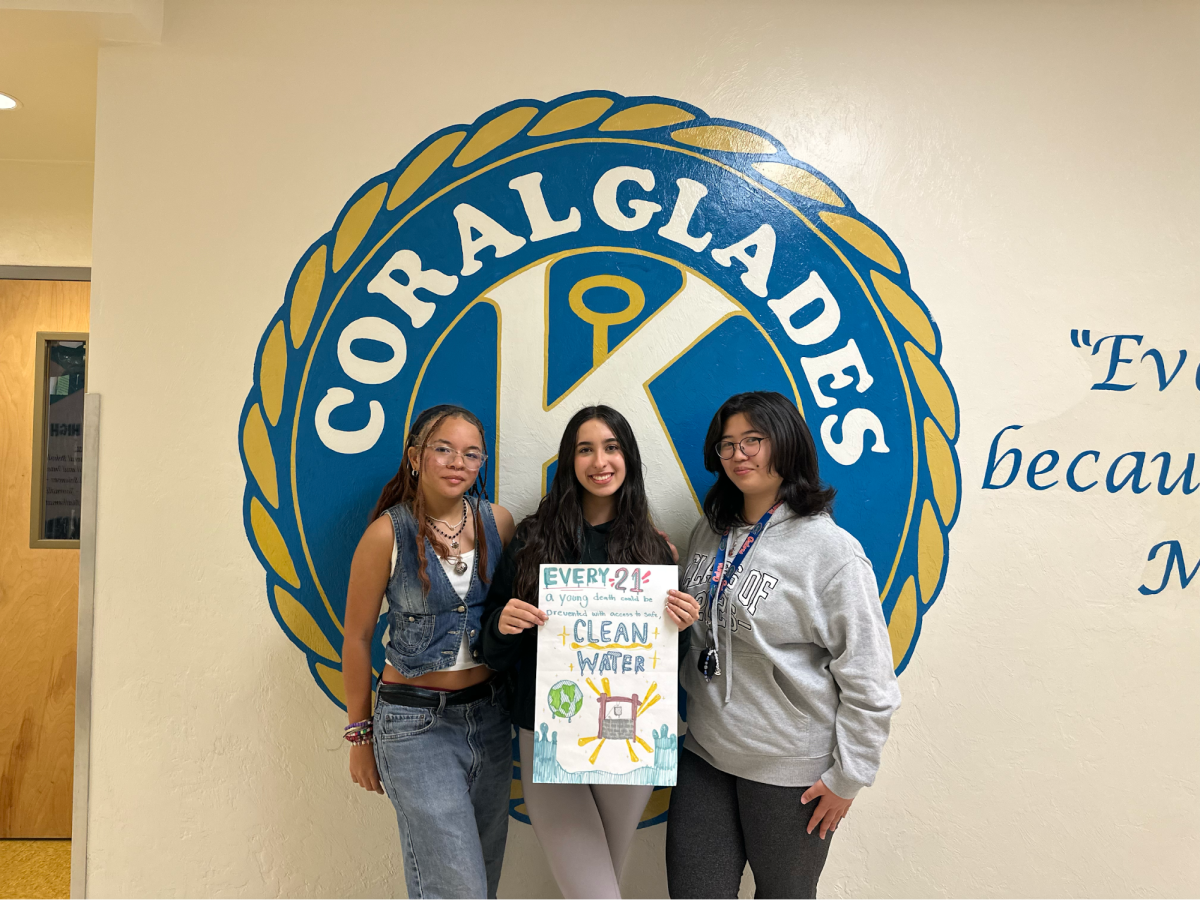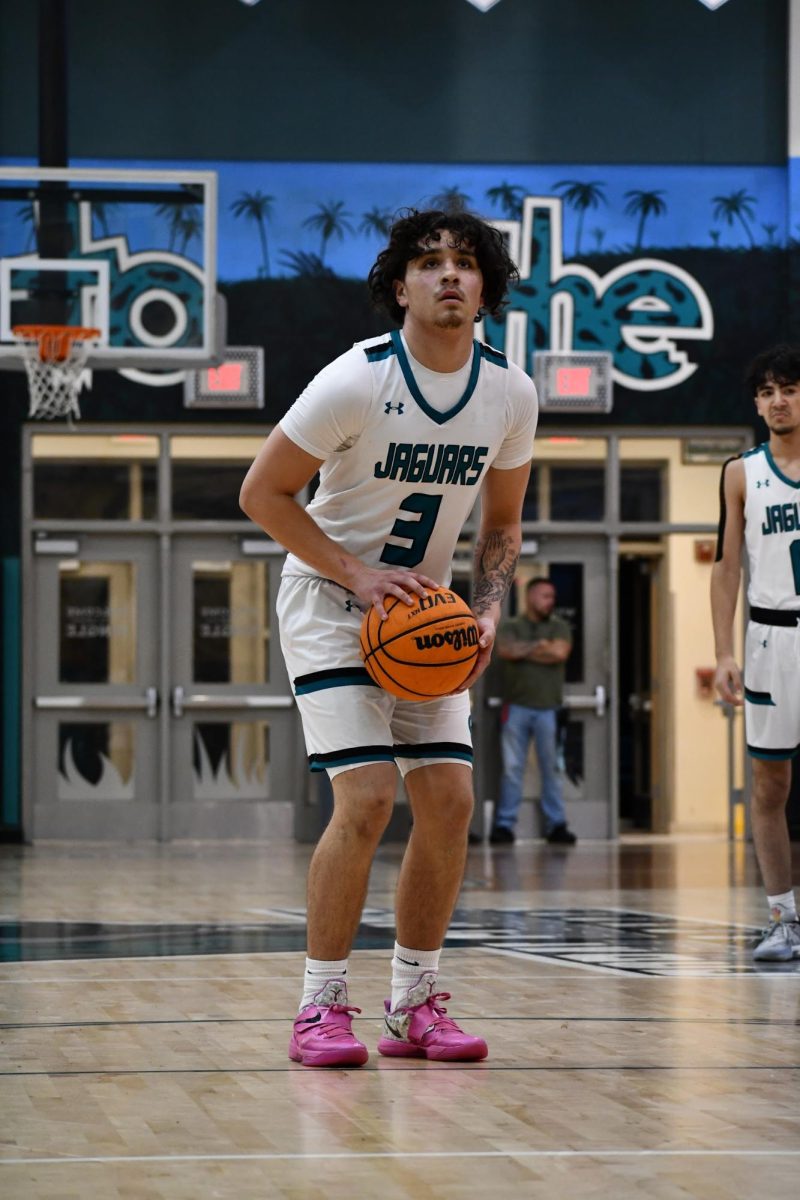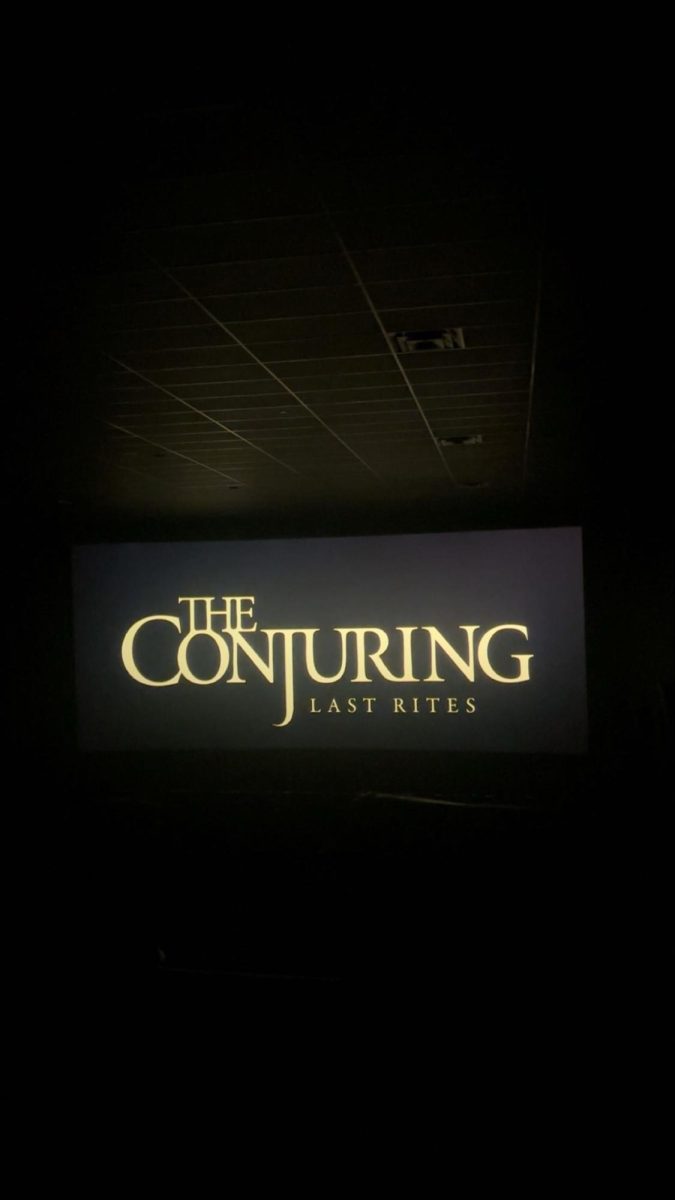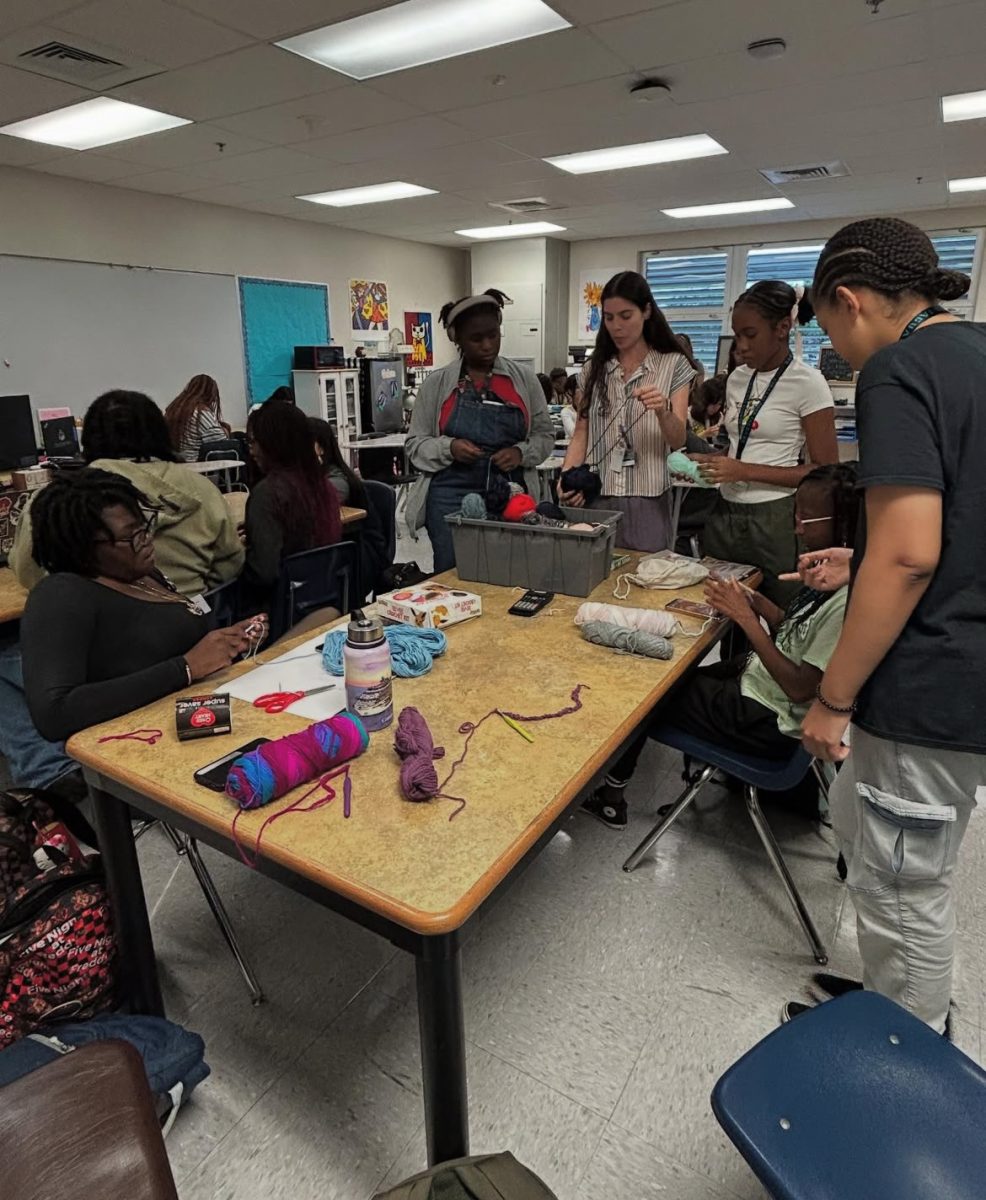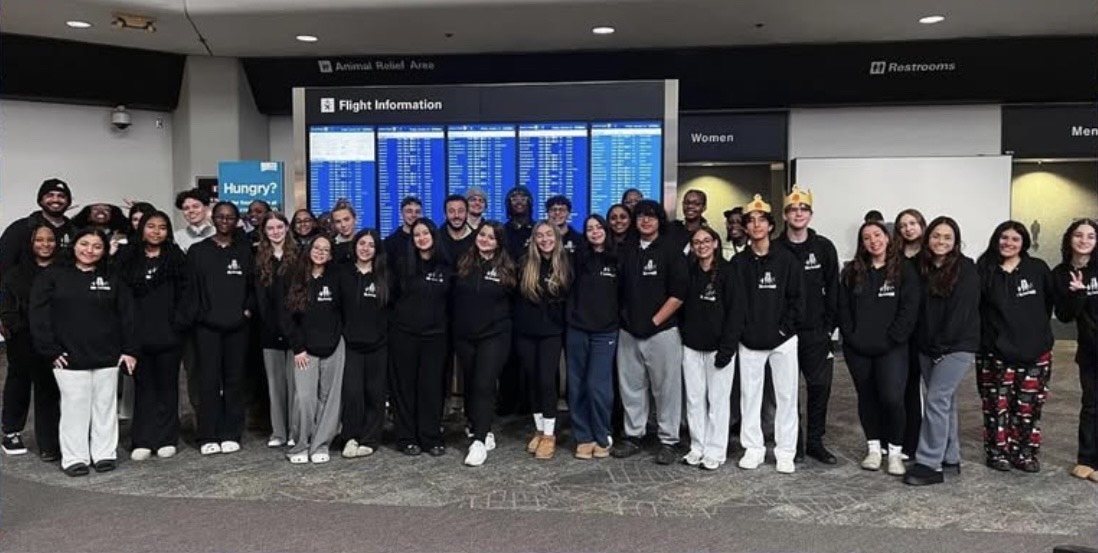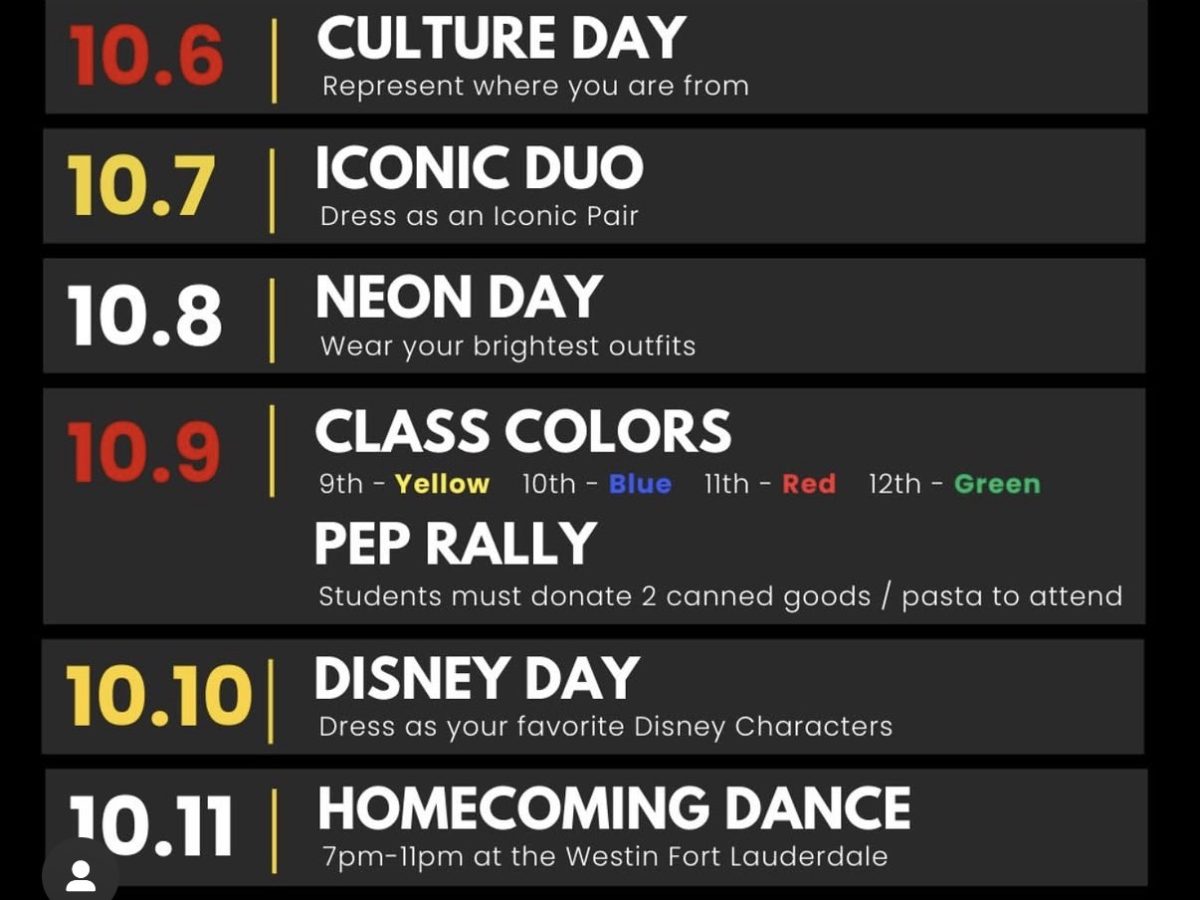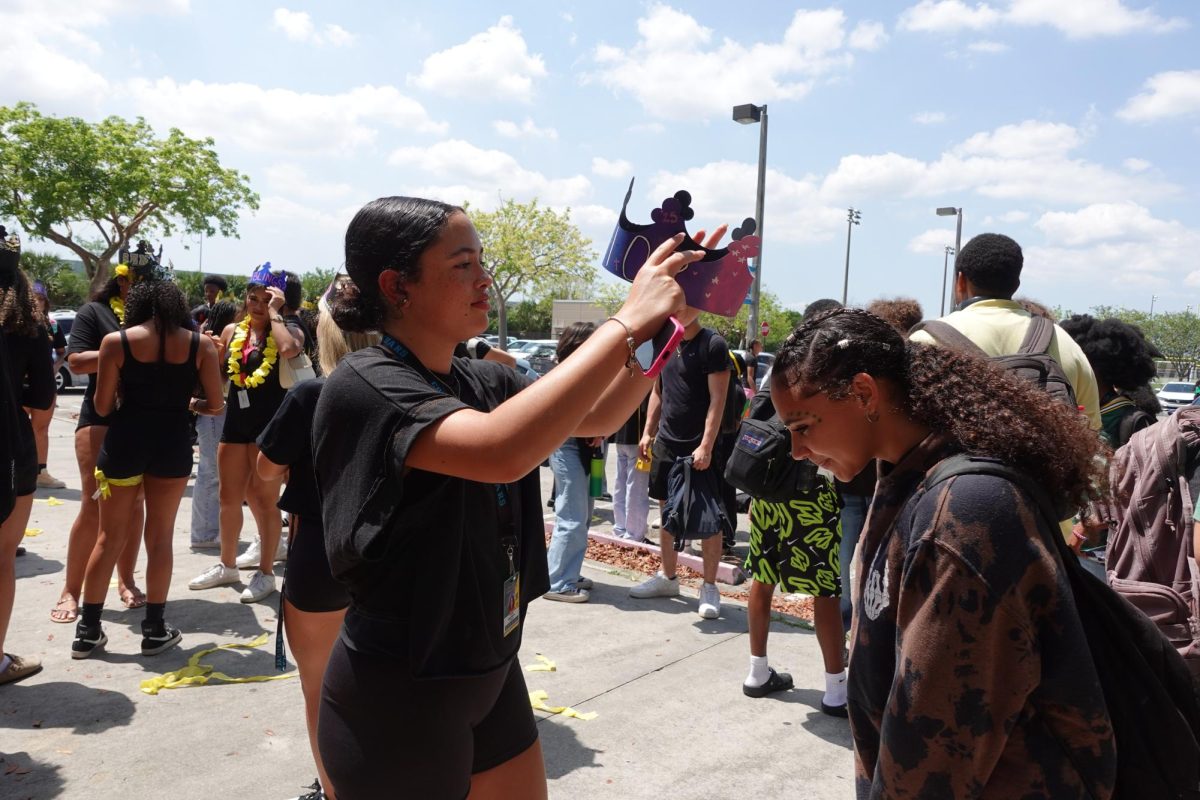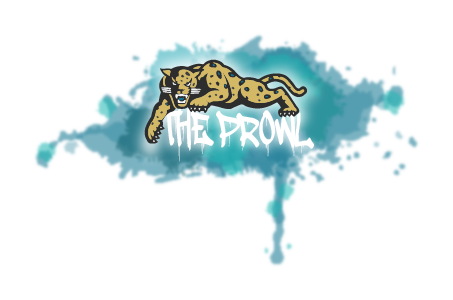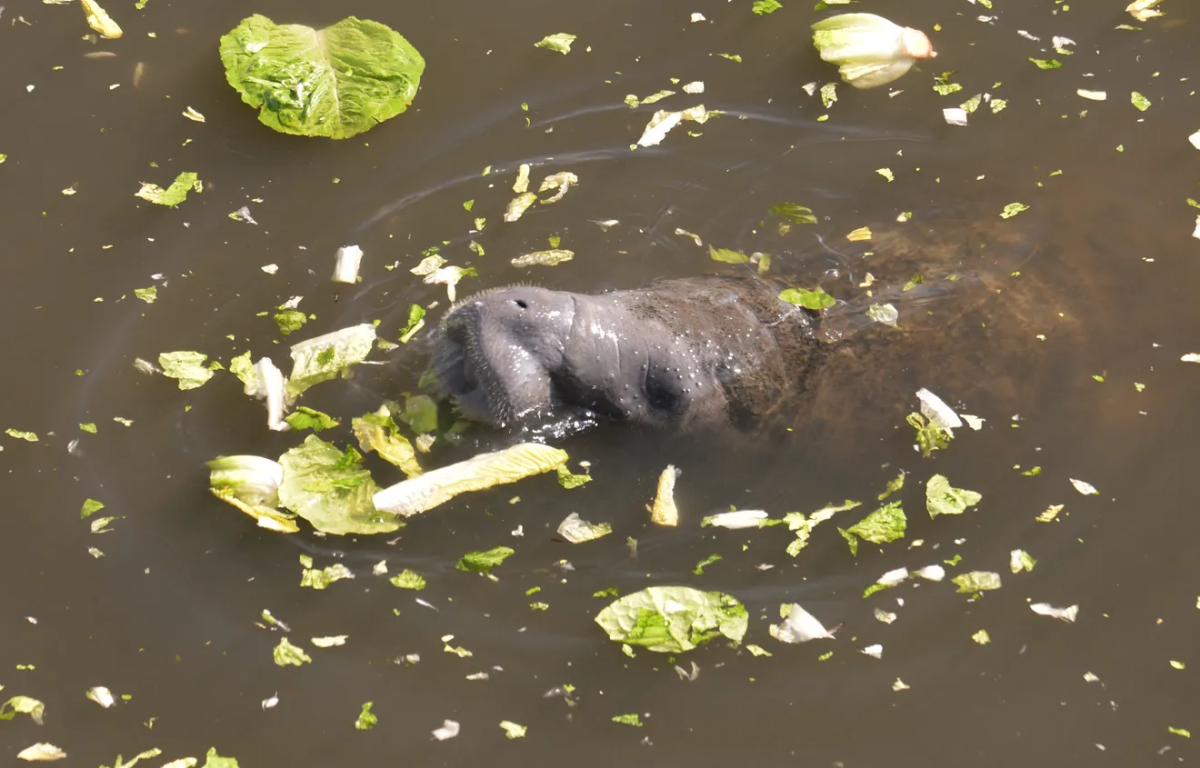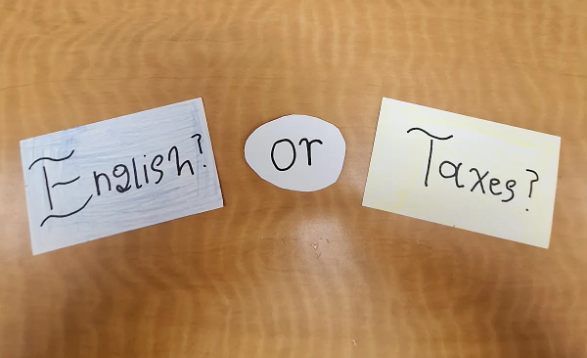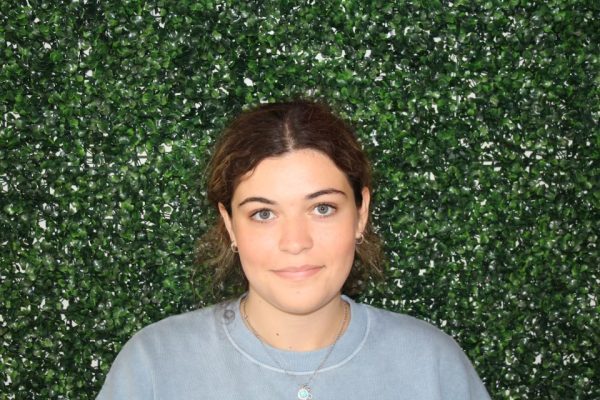A record number of 154 young Florida manatees died before reaching one year old in 2024. “Perinatal” manatee deaths were 27% of the overall 565 manatee deaths last year, an almost 60% increase over the 91 perinatal deaths in 2023. More than half of all manatees died in Brevard County. The county is formally the focus of a manatee death lawsuit.
This year’s jump in perinatal deaths could possibly be the result of almost two years of manatee famine in the Indian River Lagoon region due to seagrass loss. Agricultural runoff and sewage treatment plants pollute waterways with nutrients like nitrogen and phosphorus. These nutrients can cause algal blooms that block sunlight from reaching seagrass and deplete oxygen. Over half of the seagrass has been lost since 2009 in the Indian River Lagoon, located in Brevard County. Still, Collisions with boats and barges remain the number one cause of death for manatees in Florida.
“Manatees are too cute for that,” Said senior Paris Crooks, “I hope they find a way to preserve them.”
The data is still starting to show that manatees are recovering. In 2021, there was a record 1,100 manatee deaths, later attributed to seagrass loss in the Indian River Lagoon. The manatee death toll got so bad in late 2020 that in April 2021, the National Oceanic and Atmospheric Administration declared it an Unusual Mortality Event. Naming the death rates significant, unexpected, and need an immediate response. Because of the COVID-19 pandemic, state wildlife biologists couldn’t even perform assessments on these manatees.
In 2022, the environmental groups Bear Warriors United, the Center for Biological Diversity, and Defenders of Wildlife filed a lawsuit against the Florida Department of Environmental Protection claiming that they violated the Endangered Species Act. They claim that the department has not “adequately regulated sewage-treatment plants and septic systems, leading to discharges that killed seagrass.” allowing for the mass deaths.
Now with Covid restrictions lifted, Wildlife officials have been able to drag more than 30 dead manatees to an area just north of Manatee Cove in the Indian River. The manatees have a low body weight and officials believe they have died from a lack of seagrass.
“I know it was a really big deal in the 80s. I’m glad to hear it’s getting better,” said Coral Glades teacher, Mr. Rowe.
In the meantime, People can help the recovering manatee population by helping keep the manatee habitat clean and not feeding wild manatees. By participating in shoreline, beach, park, or roadside cleanup events in your area, you could directly prevent seaweed pollutants from killing off manatee food. You could also reduce pollution and avoid using synthetic fertilizers and pesticides.
If manatees become extinct in the wild, many animals that depend on manatee habitat for survival, including for food, shelter, camouflage from predators, and reproductive cycles, will be at risk of disappearing forever. This includes many species of fish, seahorses, starfish, clams, crabs, sea turtles, and coastline birds.

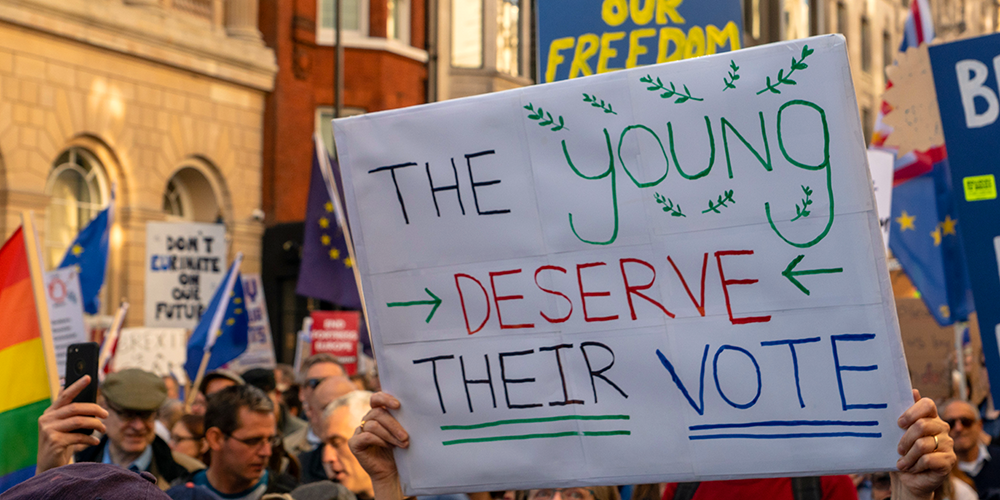
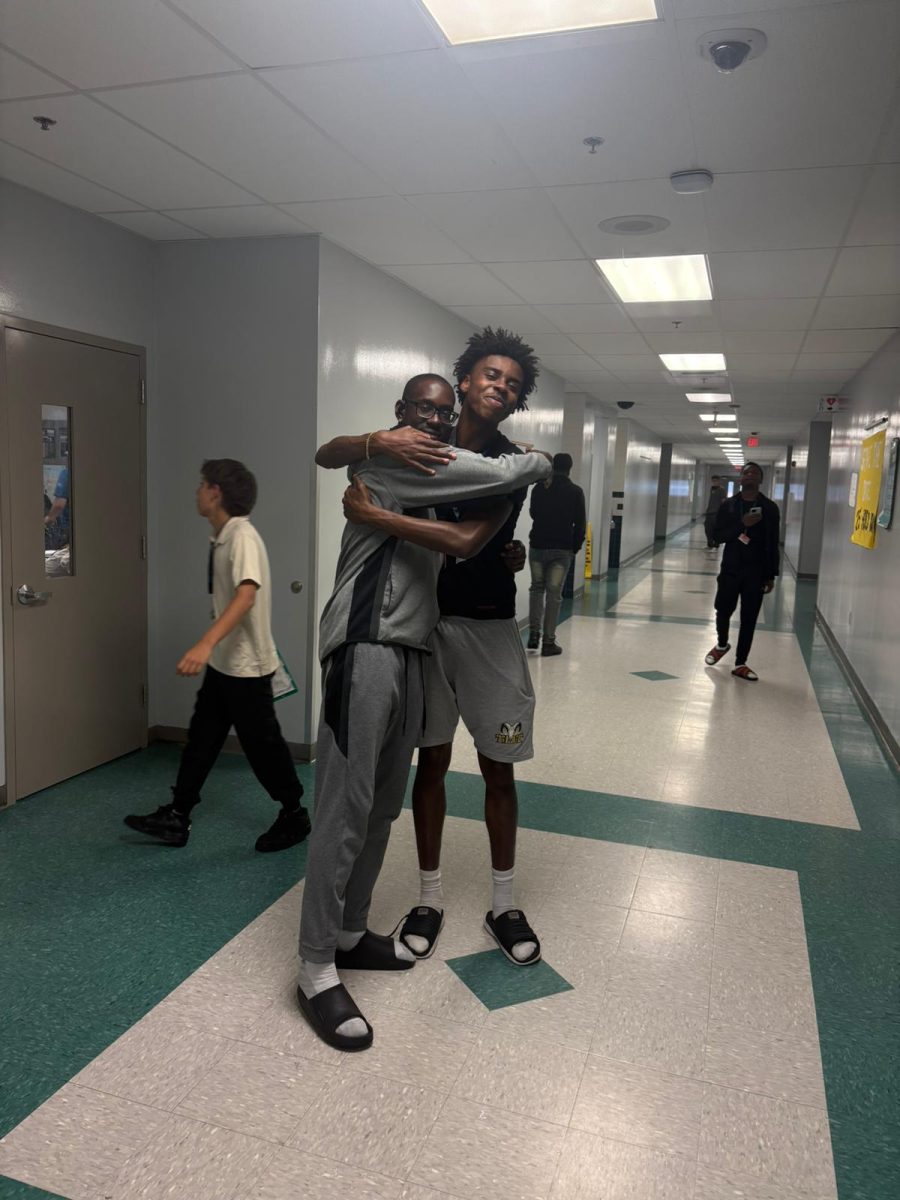


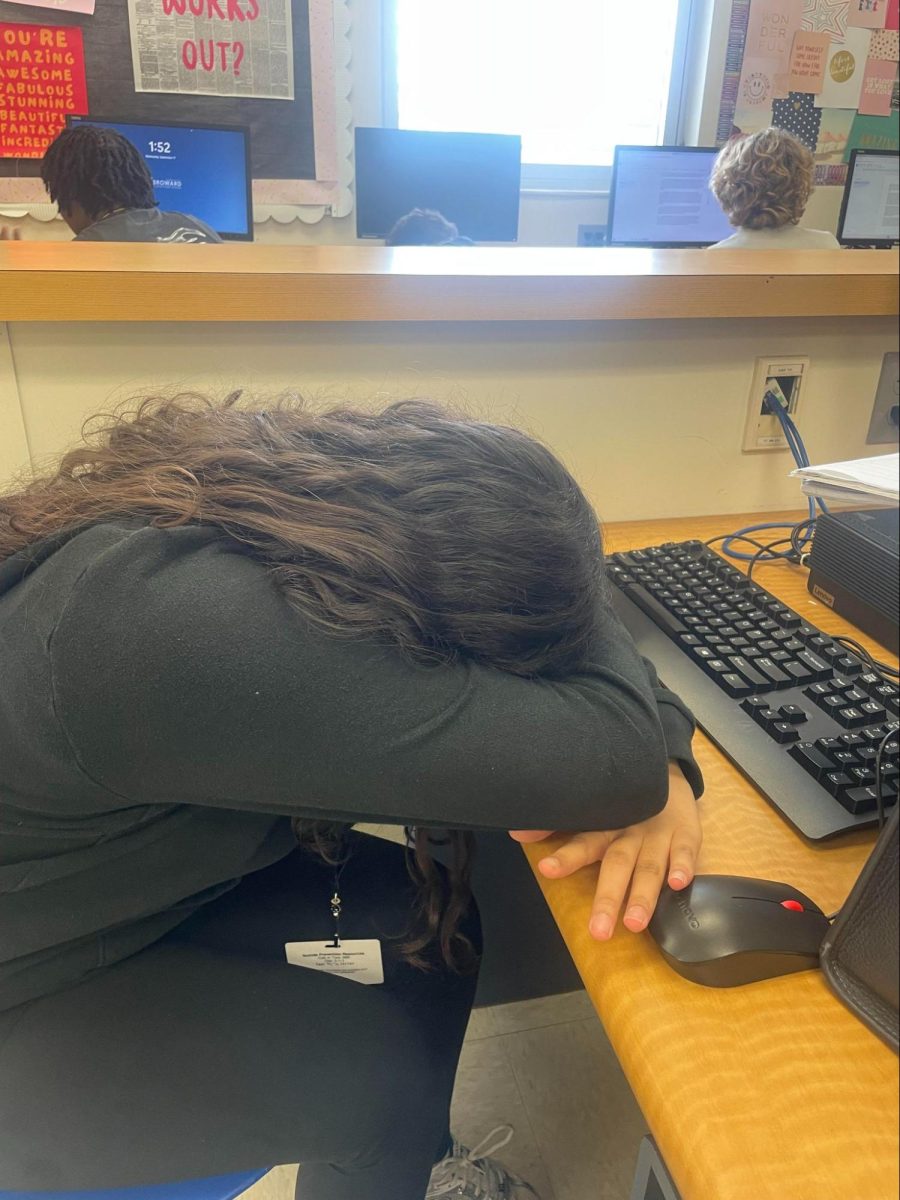
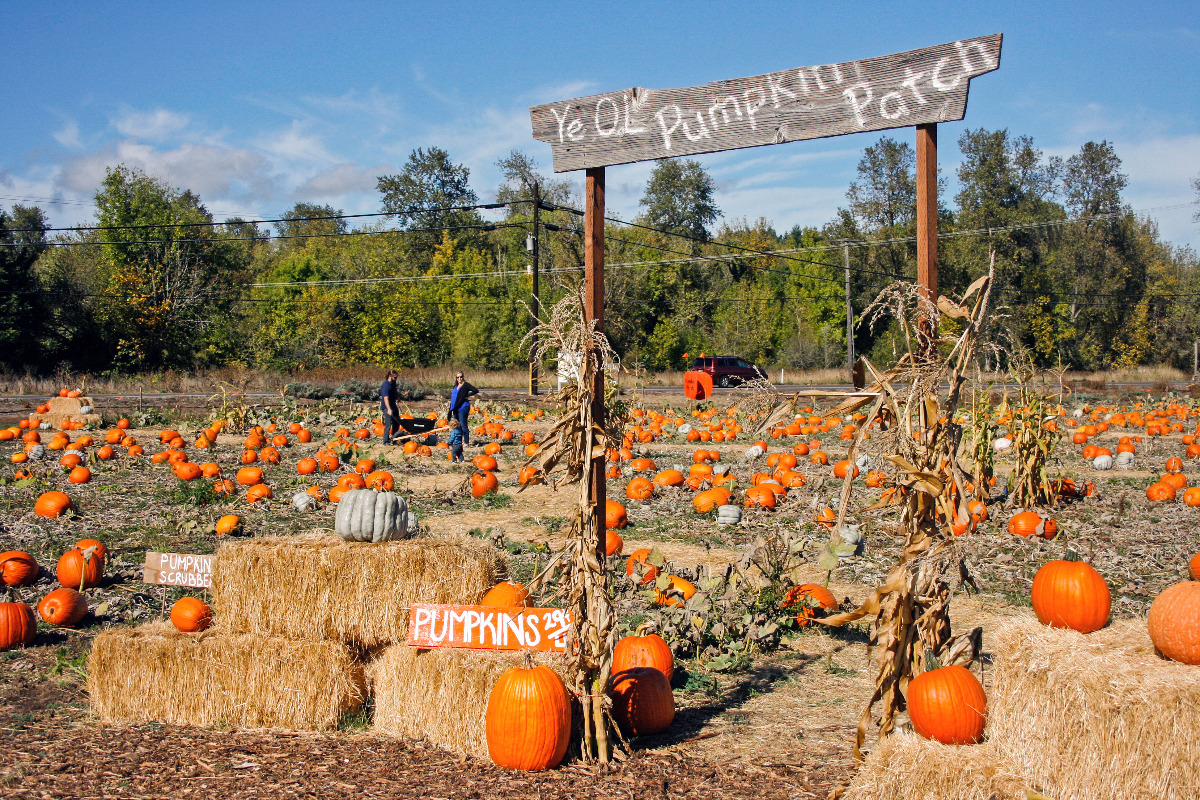

![[Photograph of an Italian sandwich] Photo Creds: https://www.thepioneerwoman.com/food-cooking/recipes/a42398453/italian-sandwich-recipe/](https://cghstheprowl.com/wp-content/uploads/2025/10/image1.png)

